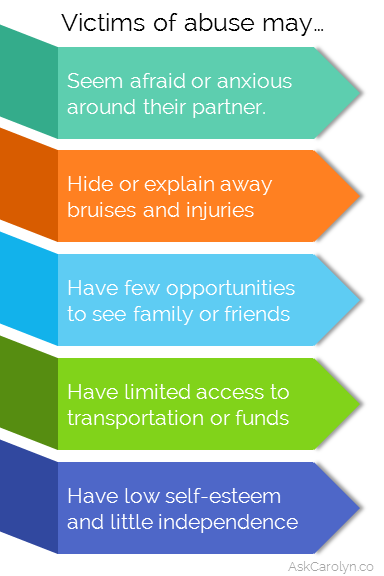Today marks a turning point – it is the winter solstice, the day of the year with the least light. Our days have been waning since the middle of the summer, growing shorter and shorter with each nightfall. Think of the winter solstice as the sun’s version of a new moon – we will see the least of its light today, but tomorrow, it will wax once again.
Scientifically speaking, the winter solstice is caused by the Earth’s tilt. When the northern hemisphere tilts closer to the sun, we have summer, but when it’s tilted away, we have winter. The winter solstice is the point when the northern hemisphere is tilted the furthest away from the sun, which causes us to receive the least sunlight.
The solstice (and winter itself) is one of the origins for our holiday season. Before we had greenhouses, refrigerators, and 24/7 supermarkets, our food supply was inescapably tied to the changing of the seasons. Winter was an unforgiving time of year – food, warmth, and light were all scarce. The entire year was essentially spent preparing for the winter. Cows were slaughtered so they wouldn’t use up precious food during the winter, and the wine that had been fermenting all year was finally ready to drink. The solstice festival was the last feast and celebration of life before winter.
 Ask Carolyn
Ask Carolyn














